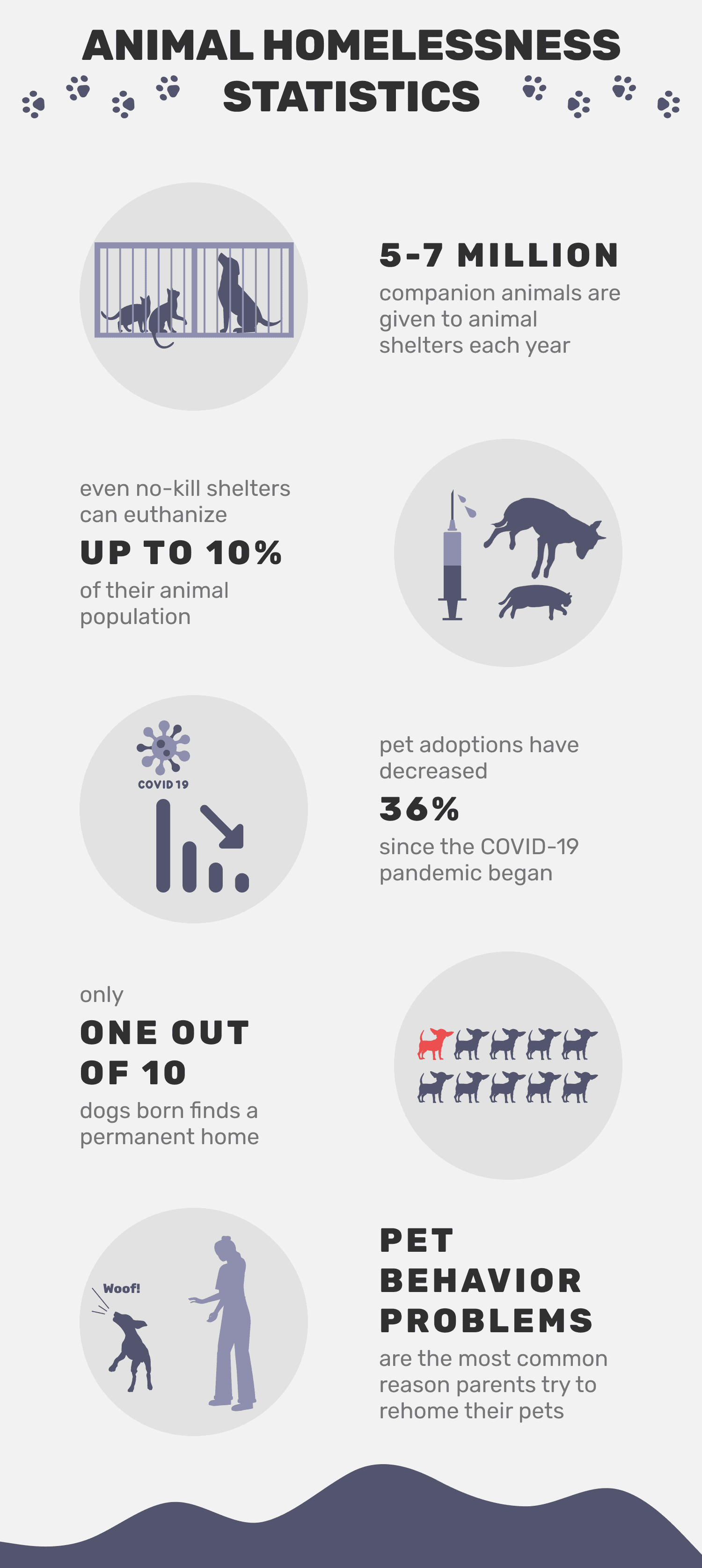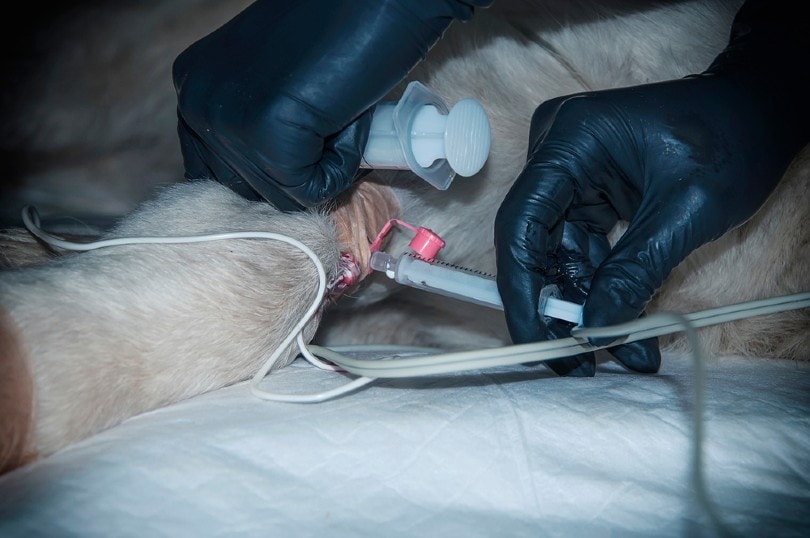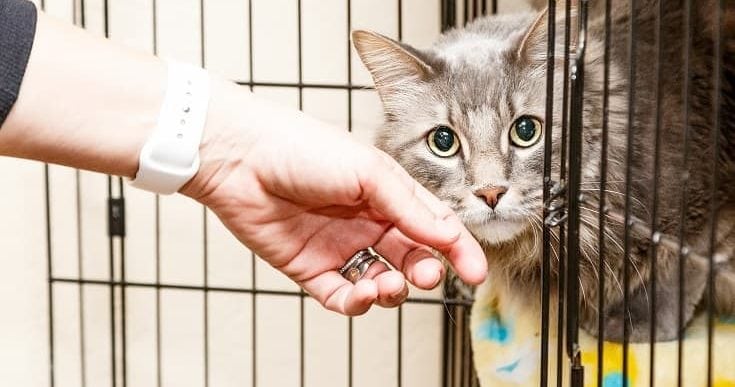
Click to Skip Ahead
Note: This article’s statistics come from third-party sources and do not represent the opinions of this website.
Animal homelessness is a serious problem in the United States as well as the rest of the world. Mostly made up of stray dogs and cats, these animals can get rabies and other diseases that can render them dangerous to humans. But the bigger problem is that these animals are hungry and need medical attention as well as love. If you have a super soft spot for stray animals, keep reading while we look at several heartbreaking statistics about animal homelessness that might surprise you.
We go over animal homelessness from different categories. Click the type above if you want to quickly access a certain topic.
The 11 Statistics on Animal Homelessness
- Approximately 7.6 million companion animals are given to animal shelters nationwide every year.
- There are over 4,050 animal shelters in the United States.
- No-kill shelters can euthanize up to 10% of their animal population.
- Pet behavior problems are the most common reason parents try to rehome their pets.
- Combined species adoption rates have increased from 56% in 2019 to 65% in 2023.
- Only 1% of animals in shelters are terminally ill.
- The no-kill movement has reduced the number of euthanized animals from 20 million to 3 million.
- Only one out of 10 dogs born finds a permanent home.
- Almost half of the dogs surrendered to the shelter (47.7%) are between 5 months and 3 years of age.
- 75% of the animals euthanized in shelters in California are cats.
- Microchipped cats are 20 times more likely to be returned to their owners.

The 7 Pet Abandonment Statistics
1. Approximately 7.6 million companion animals are given to animal shelters nationwide every year.
(National Kitten Coalition)
Every year, roughly 7.6 million companion animals are surrendered to animal shelters. Of these, 3.4 million are cats and 3.9 million are dogs.

2. There are over 4,050 animal shelters in the United States.
(Best Friends Animal Society)
To be exact, there are currently 4.064 animal shelters in the United States. Of those, 2,133 (52%) are no-kill shelters. Thankfully, that number has increased over the past decade, with hopes that it continues to rise.
3. No-kill shelters can euthanize up to 10% of their animal population.
(Animal Law)
Despite their name and status as a no-kill organization, these shelters can euthanize up to 10% of their animal population each year, equating to thousands of animals on a whole. To make matters worse, many shelters euthanize animals in inhumane ways.

4. Pet behavioral problems are the most common reason that people rehome their pets.
(ASPCA)
Behavioral problems can affect any breed of dog or cat, especially if they had a rough time when young, and these problems are the main reasons pets end up in shelters. Reports suggest that more than 40% of dogs and cats in animal shelters have behavioral issues.
5. Combined species adoption rates have increased from 56% in 2019 to 65% in 2023.
(Shelter Animals Count)
While 109,000 more dogs were adopted in 2023 than in the previous year, the total number of dogs adopted in 2023 was actually about 108,000 fewer than that of 2019. However, the same is not true of cats. Roughly 34,000 more cats were adopted in 2023 than in 2022, and 319,000 more were adopted compared to 2019. This means that there is a combined species adoption rate increase from 59% to 65% in 2023.

6. Only 1% of animals in the shelter are terminally ill.
(No Kill Advocacy Center)
Reports suggest that only about 1% of the animals in shelters suffer from some type of incurable disease. That means that these are predominantly healthy animals that will make great pets if they find a good home, and any preconceived idea that these animals are unhealthy is incorrect.
7. The no-kill movement has reduced the number of euthanized animals from 20 million to 3 million.
(NPR)
Fortunately, the no-kill movement that started in San Francisco more than 20 years ago has successfully reduced the number of animals euthanized in shelters from more than 20 million to about 3 million. The number continues to decrease as more shelters begin to follow the policy.

The 2 Stray Dog Statistics
8. Only one out of 10 dogs born finds a permanent home.
(Do Something)
The number might seem outrageous, but reports suggest that only one-tenth of dogs find a permanent home. These dogs may be born without a home or they may lose their home later due to behavioral problems or other issues that could be resolved with patience and professional help.
9. Almost half of the dogs surrendered to the shelter (47.7%) are between 5 months and 3 years of age.
(Petfinder)
Almost half of the dogs surrendered to the shelter are under 3 years old, so they are primarily puppies that still have plenty of life and can make someone a great pet. Many dog breeds can live 12 years or more if fed a healthy diet and exercised regularly.

- Related Read: How Much Does It Cost to Surrender My Cat? Facts & FAQ
The 2 Stray Cat Statistics
10. 75% of the animals euthanized in California shelters are cats.
(Best Friends)
California euthanizes more than 110,000 animals each year, 75% of which are cats, making them the leading killer of cats in the United States. Texas euthanizes more animals each year at 125,000, but only 50% are cats.
11. Microchipped cats are 20 times more likely to be returned to their owners.
(Science Daily)
Microchipped cats are 20 times more likely to be returned if they get lost. Many people opt out of this option when getting their kitten vaccinated, but the statistics show it is a worthy investment. Even indoor cats can get out of the house and become lost. Most people will at least attempt to find the owner of a stray cat they find, and a microchip makes it easy to contact you. Otherwise, these cats might end up lost forever. They might need to fend for themselves, or someone might take them to a shelter, and you can avoid both with a microchip.

Frequently Asked Questions
How Many Stray Dogs Are There in the World?
It is estimated that there are approximately 200 million stray dogs worldwide. (Four Paws)
- Related Read: Is it Ok to Feed Stray Dogs?
How Many Stray Cats Are There in the World?
It is believed that there are roughly 480 million stray cats in the world, although it is increasily difficult to predict their true numbers. (World Population Review)
How Many Stray Animals Are There in the US?
According to some sources, the number of stray cats and dogs in the United States is around 70 million. (Stray Animal Foundation Program)

Conclusion
As you can see, the number of cats and dogs euthanized each year is in the millions. No-kill shelters are helping to reduce the numbers, but they are not without problems as these facilities can fill up and refuse to take more pets, leaving many without a safe place to sleep or food to eat. You can help these animals by adopting your pets from shelters, when possible, instead of hiring a breeder. Getting your pet spayed or neutered will also help reduce the risk that your pet will contribute to the local feral population.
You may also be interested in:
- Heartbreaking Statistics About Animals in Entertainment
- International Dognapping and Dog Theft Statistics to Know
Featured Image Credit: NPvancheng, Shutterstock








